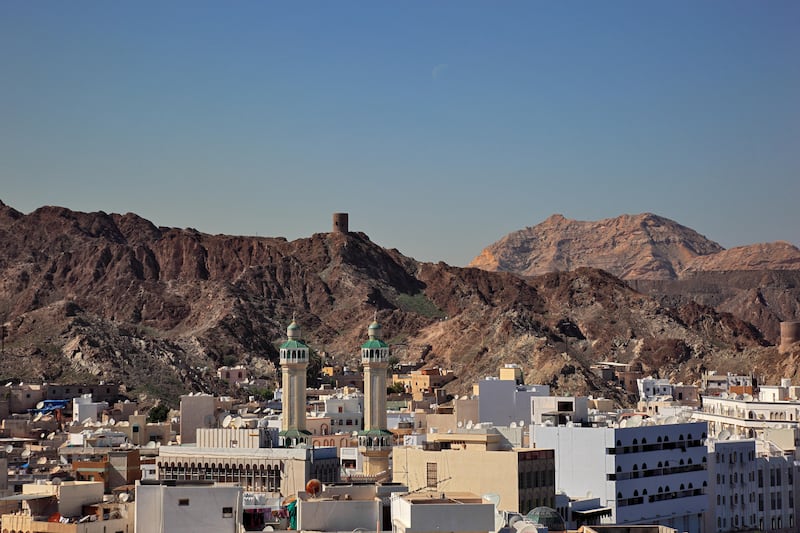S&P Global Ratings has raised Oman's long-term foreign and local currency sovereign credit ratings to "BB+" from "BB" with a stable outlook on "favourable" oil sector dynamics, along with higher output in the non-hydrocarbon sector.
The "BB+" rating is one notch below investment grade.
"High hydrocarbon prices should continue to support fiscal surpluses and the government's balance sheet deleveraging," S&P said.
"Important government reforms such as the reorganisation of government-related entities (GREs) are also beginning to bear fruit, achieving operational efficiencies and stronger financial profiles for the individual companies."
It added, "The stable outlook over the next 12 months balances the potential benefits of the government's fiscal and economic reform programme against the economy's structural susceptibility to adverse oil price shocks."
Oman's economy is on a strong footing as it presses forward with its economic diversification initiatives, buttressed by favourable oil prices and fiscal reforms at a time when inflation remains contained, the International Monetary Fund said in June.
Real gross domestic product grew by 4.3 per cent in 2022, primarily driven by a strong expansion of the hydrocarbon sector, it said.
Economic growth is projected to slow to 1.3 per cent in 2023 and then rebound to 2.7 per cent in 2024, the Ministry of Finance said in January.
Oman’s economy contracted by 9.5 per cent in the second quarter of 2023 as a result of reduced oil activities, the Oman News Agency reported last week, citing preliminary data issued by the National Centre for Statistics and Information.
Total GDP for the three months to the end of June at current prices declined to about 10.1 billion Omani rials ($26.24 billion).
Despite a slowdown in economic growth on voluntary production cuts, S&P has forecast GDP growth rate of about 2 per cent in the country between 2023 and 2026.
Oman, which recorded a fiscal surplus of 1.8 per cent of GDP last year, is projected to maintain budgetary surpluses, averaging 1.4 per cent of GDP in the period to 2024, supported by growth in government revenue and expenditure averaging about 3 per cent and 4 per cent respectively, the rating agency said.
Brent crude, the benchmark for two thirds of the world’s oil, rose about 22 per cent in the third quarter on Opec+ production cuts, as well as additional supply reductions by group members Saudi Arabia and Russia.
S&P, which expects Brent to average $85 a barrel in 2024, said higher crude prices would "underpin" the government's efforts to continue utilising continuing fiscal surpluses to repay debt.
Government debt is estimated to fall to 38 per cent of Oman’s GDP in 2023, from about 40 per cent last year, the agency said.
"The public sector has significant influence on the Omani economy and reducing the government's footprint via asset sales should help the development of the non-hydrocarbon sector," S&P said.
Last month, Oman's OQ Gas Networks, the pipeline business of state oil company OQ, said it aimed to raise up to 297 million rials from its initial public offering in what could be the country's largest listing.
OQ, which is owned by the Oman Investment Authority, intends to privatise several assets in the coming five years, Mansoor Al Abdali, OQGN’s managing director told The National in an interview in September.






